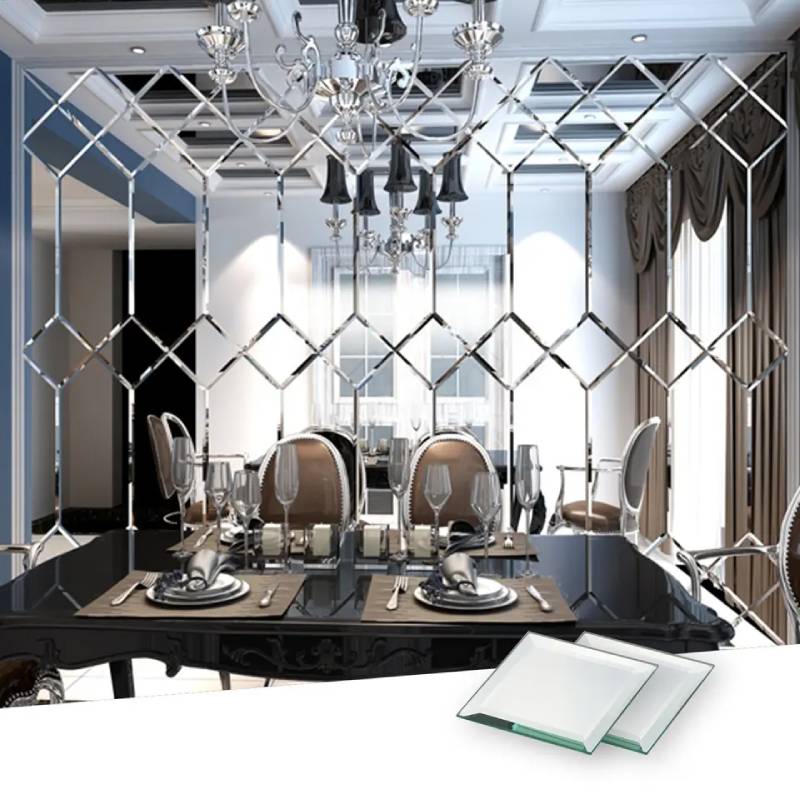Oct . 31, 2024 02:00
Reflective Laminated Glass A Blend of Aesthetics and Functionality
Reflective laminated glass has become an increasingly popular choice in modern architecture and interior design, providing both aesthetic appeal and functional benefits. This innovative material combines layers of glass with a reflective coating and an interlayer of polymer, resulting in a product that is not only visually striking but also offers enhanced safety and energy efficiency.
One of the primary advantages of reflective laminated glass is its ability to control light and glare. The reflective coating minimizes the amount of solar radiation that enters a building, which can significantly reduce heat buildup and lower energy costs for air conditioning. This characteristic is particularly advantageous in hot climates where controlling indoor temperatures is essential for comfort and energy savings. Additionally, the reflective nature of the glass eliminates the need for heavy drapes or shades, allowing for unobstructed views while maintaining privacy during the day.
Safety is another vital feature of reflective laminated glass. The lamination process involves bonding two or more layers of glass with a middle interlayer, usually made of polyvinyl butyral (PVB) or ethylene-vinyl acetate (EVA). This construction enhances the glass's structural integrity, making it more resistant to impact and shattering. In the event that the glass is broken, the interlayer holds the fragments in place, reducing the risk of injury from sharp shards. This quality makes it an ideal choice for areas prone to extreme weather conditions, vandalism, or accidents.

In addition to its safety and energy efficiency benefits, reflective laminated glass is also a versatile design element. Available in various colors and finishes, it can be customized to suit the aesthetic requirements of any project. Architects and designers are increasingly incorporating this glass into facades, storefronts, and interior partitions to create a sleek, modern look. The reflective surface adds depth to spaces and can dramatically enhance the overall ambiance of a building.
Moreover, reflective laminated glass contributes to sustainable building practices. By reducing the need for additional cooling systems and minimizing energy consumption, it helps lower the overall carbon footprint of a structure. As more industries and municipalities prioritize sustainability, the demand for reflective laminated glass is likely to increase.
In conclusion, reflective laminated glass is a remarkable fusion of beauty and practicality. Its ability to control light, enhance safety, and provide significant energy savings makes it an invaluable asset in contemporary architecture and design. As technology continues to evolve, so too will the possibilities for this versatile material, making it an essential component for sustainable and aesthetically pleasing constructions in the future. Whether for commercial or residential applications, reflective laminated glass stands out as a choice that delivers on both form and function.
The Role of Mirror Glass in Luxury Interior Design
NewsJun.23,2025
The Best Textured Glass for Bathroom Windows
NewsJun.23,2025
Residential Glazing Energy Efficiency Requirements
NewsJun.23,2025
Float Glass Uses
NewsJun.23,2025
Clear Float Glass For Solar Panel Covers
NewsJun.23,2025
Benefits Of Using A Glass Mouse Pad Over Traditional Ones
NewsJun.23,2025